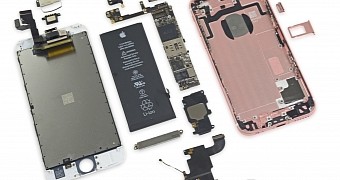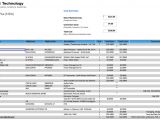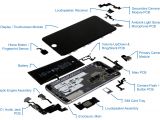According to an analysis by IHS Technology, Apple pays a total of $236 for the assembly process and the components included in their flagship iPhone 6s Plus smartphone with 16 GB of storage.
This cost is broken down in $231.5 for the actual components used to build the iPhone 6s Plus and $4.5 for the test and manufacturing costs which, together, set Apple's total cost of building a new 16 GB iPhone 6s Plus to $236.
For comparison, the retail price of a 5.5-inch iPhone 6s Plus that comes with 16 GB of storage space is $749, while a 4.7-inch 16 GB iPhone 6s can be bought for $649.
From the list of components priced by IHS, the most expensive is the new 3D Touch Retina HD display, which costs Apple $52.50 for each iPhone 6s Plus device it makes.
The next most expensive components in the new iPhone 6s Plus are the A9 processor that costs $22 per unit and the Qualcomm baseband processor that comes with a price tag of $13.
Moreover, Apple also pays $22.50 for the front and back cameras, and a total of $18 for all the user interface ICS controllers inside the new iPhone flagship device (i.e. gyroscope, compass, audio, pressure sensor, and NFC).
Asking more than the actual cost for extra storage space is Apple's way of improving its profits
According to the IHS report, the only surprising fact surfacing from this analysis is that even if Apple pays only $5.5 for the 16 GB of NAND Flash storage in the iPhone 6s Plus, they're asking $100 more for the model with 64 GB of storage and $200 extra for the 128 GB one.
Andrew Rassweiler, IHS' senior director of cost benchmarking services, said that “NAND Flash is now so cheap it’s almost irrelevant, but Apple monetizes this difference with consumers, to the tune of $100 for each additional step up in memory capacity."
However, this is a quite understandable strategy because "This is part of Apple’s ongoing strategy to improve profits by selling a product mix that is heavier in the higher-end iPhones," Rassweiler also stated.
On the whole, if we take subtract from iPhone 6s Plus' retail price what IHS estimated as the most probable price for its components and the manufacturing process, together with Apple's development costs for the new technology included in their top of the line iPhone (i.e. 3D Touch display, A9 processor, 7000 series aluminum case), the difference would be somewhere between 30% to 40%.
And, if I'm not mistaken, this approximately matches the gross margin reported by Apple during the last financial result reports.

 14 DAY TRIAL //
14 DAY TRIAL // 


